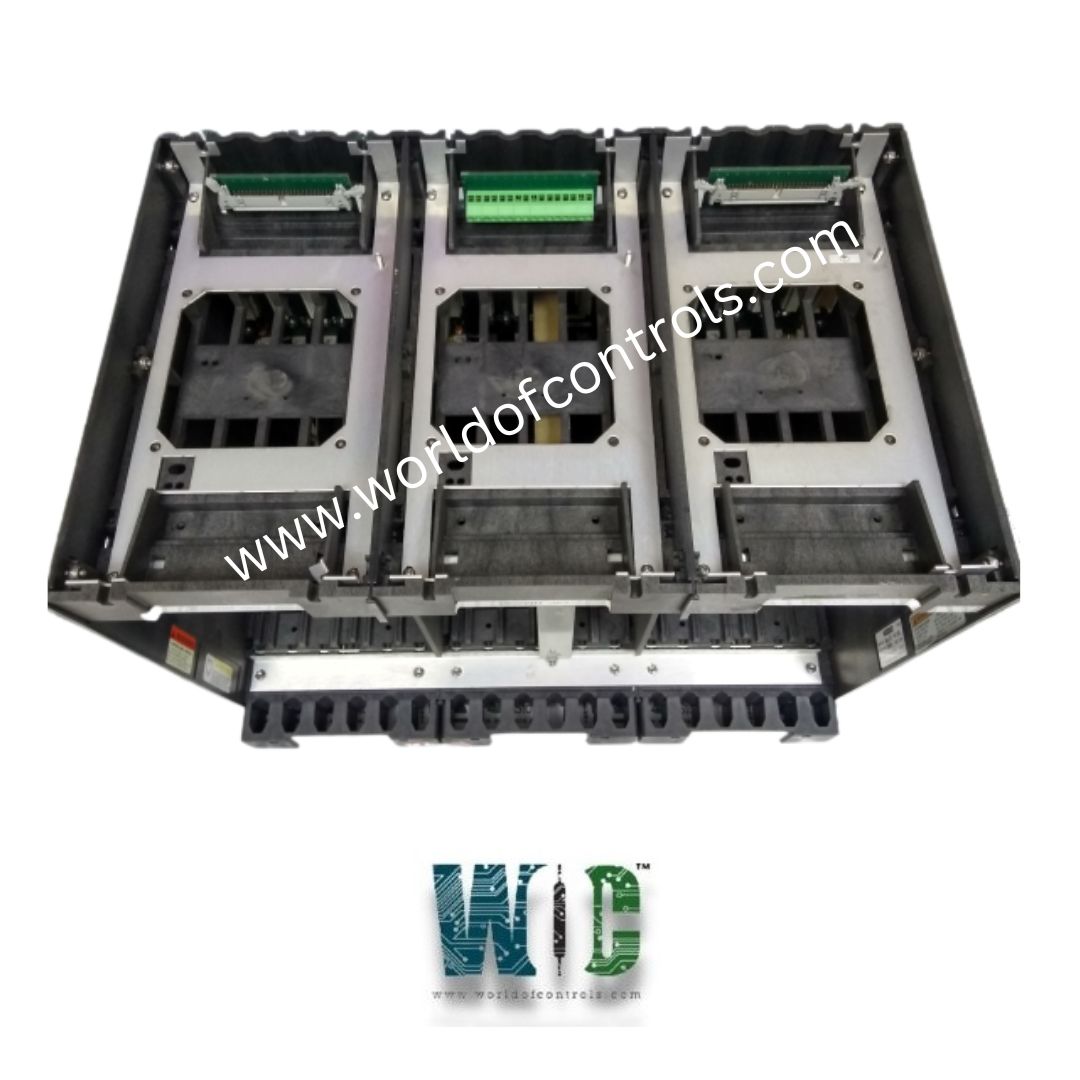
World Of Controls understands the criticality of your requirement and works towards reducing the lead time as much as possible.
5453-279 - MicroNet TMR Chassis is available in stock which ships the same day.
5453-279 - MicroNet TMR Chassis comes in UNUSED as well as REBUILT condition.
To avail our best deals for 5453-279 - MicroNet TMR Chassis, contact us and we will get back to you within 24 hours.
Part Number: 5453-279
Manufacturer: Woodward
Product type: MicroNet TMR Chassis
Availability: In Stock
Country of Manufacture: United States (USA)
5453-279 is a MicroNet TMR Chassis developed by Woodward. The TMR (Triple Modular Redundant) Main chassis serves as a central hub for various critical elements, including kernel power supplies, central processing units (CPUs), and up to twelve I/O Modules. The expansion capabilities and I/O sharing mechanisms vary based on the processors used, with TMR5200 processors enabling shared I/O through RTN networks, while TMR040 processors establish dedicated I/O connections using transceivers and cables. These configurations collectively contribute to the robustness and adaptability of TMR systems, catering to various operational requirements.
World of Controls has the most comprehensive selection of GE and Woodward components. Our professionals are available to help you with your requirements at any time. If you require any additional information, please contact WOC immediately.
What is 5453-279?
It is an MicroNet MicroNet TMR Chassis developed by Woodward.
What is the significance of the CPUs installed in the TMR Main chassis?
CPUs act as the brains of the TMR system, performing computations, managing tasks, and overseeing critical functions necessary for the system's operation.
How many I/O Modules can the Main chassis accommodate?
The TMR Main chassis offers dedicated slots for up to twelve I/O Modules, which play a vital role in facilitating input and output operations and enhancing communication with external devices and interfaces.
How do I/O Modules contribute to the system's interaction with its environment?
I/O Modules handle communication between the system and external devices, sensors, and interfaces, enabling effective interaction with the system's surroundings.